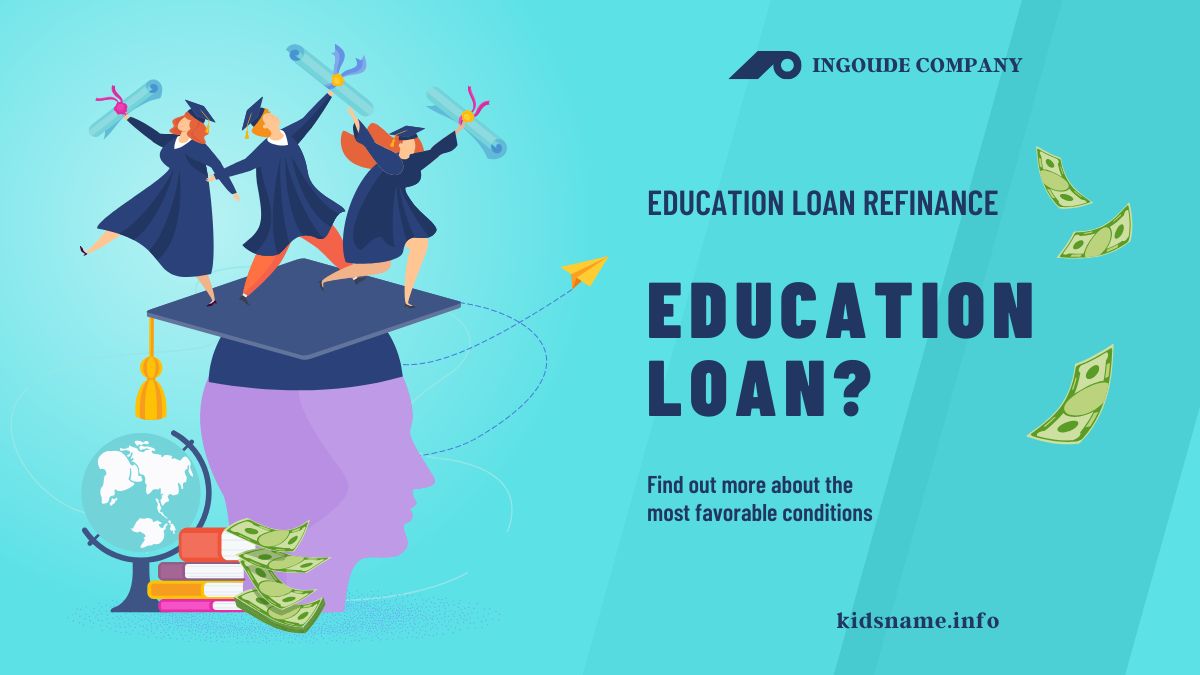education loan refinance :- Education Loan Refinancing: A Comprehensive Guide
1. What is Education Loan Refinancing?
Refinancing involves replacing existing student loans with a new loan (typically from a private lender) offering a lower interest rate, adjusted repayment terms, or both. This can apply to federal loans, private loans, or a mix, but refinancing federal loans converts them into private loans, forfeiting federal benefits.
2. When to Consider Refinancing
- High-Interest Private Loans: Ideal if you have strong credit (680+ score) and stable income to qualify for better rates.
- Improved Financial Standing: Lower rates may be available if your credit score/income has improved since taking the original loan.
- Simplified Payments: Consolidating multiple loans into one monthly payment.
Avoid Refinancing Federal Loans If:
- You rely on income-driven repayment plans, Public Service Loan Forgiveness (PSLF), or deferment/forbearance options.
- Current federal loan rates are already favorable.
3. Steps to Refinance
- Review Existing Loans: Note balances, rates, terms, and benefits (especially for federal loans).
- Check Credit Score: Aim for a score ≥680 for competitive rates. Use a cosigner if needed.
- Compare Lenders: Research banks (e.g., SoFi, Earnest), credit unions, and online lenders. Compare:
- Fixed vs. variable interest rates
- APR (includes fees)
- Loan terms (5–20 years)
- Fees (origination, prepayment penalties)
- Borrower perks (autopay discounts, unemployment protection).
- Apply: Submit financial documents (proof of income, employment, loan statements).
- Accept Offer: Once approved, the new lender pays off old loans, and you begin repaying the new loan.
4. Key Considerations
- Federal Loan Trade-Offs: Refinancing federal loans eliminates access to federal protections. Consider this irreversible decision carefully.
- Total Interest Cost: A longer term may lower monthly payments but increase total interest paid.
- Eligibility Requirements: Lenders may require a degree, steady income, or a low debt-to-income ratio.
- Cosigner Options: A creditworthy cosigner can improve approval chances or secure better rates.
5. Pros and Cons
- Pros:
- Lower interest rates or monthly payments.
- Simplified repayment with one lender.
- Potential for flexible terms (e.g., 5–20 years).
- Cons:
- Loss of federal benefits if refinancing federal loans.
- Risk of higher long-term costs with extended terms.
- Variable rates may rise over time.
6. Top Lenders (2023 Examples)
- SoFi: No fees, unemployment protection, flexible terms.
- Earnest: Customizable payment schedules, merit-based rates.
- Laurel Road: Discounts for healthcare professionals.
7. Final Tips
- Use Calculators: Estimate savings using online refinancing calculators.
- Negotiate: Ask lenders to match competitors’ offers.
- Monitor Rates: Refinance again later if rates drop or your credit improves.
8. Tax Implications
- Private refinancing may affect student loan interest deductions. Consult a tax advisor.
By weighing these factors, borrowers can make informed decisions to optimize their student debt strategy. Always prioritize retaining federal benefits unless savings from refinancing outweigh the loss of protections.
